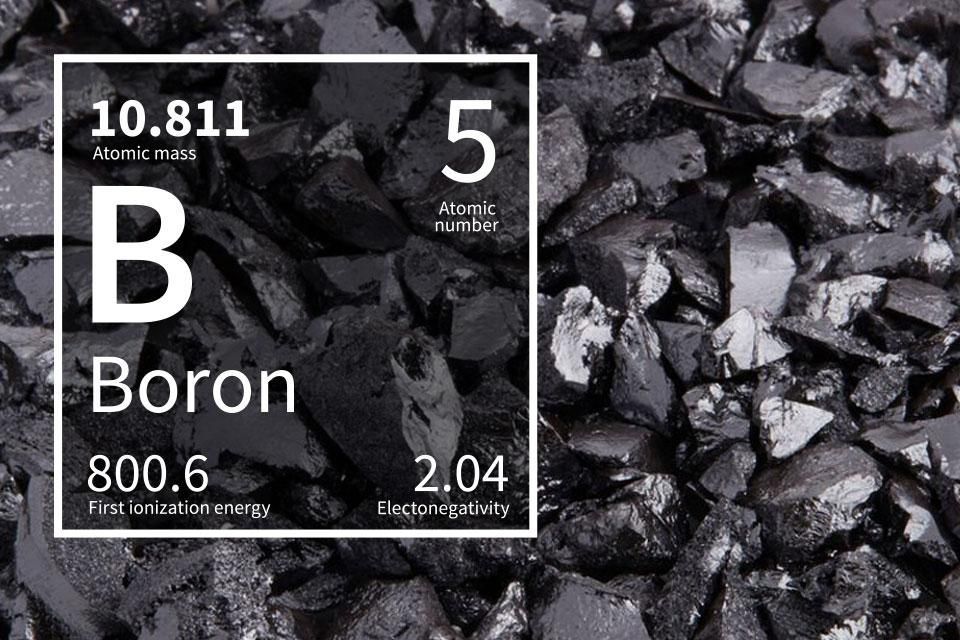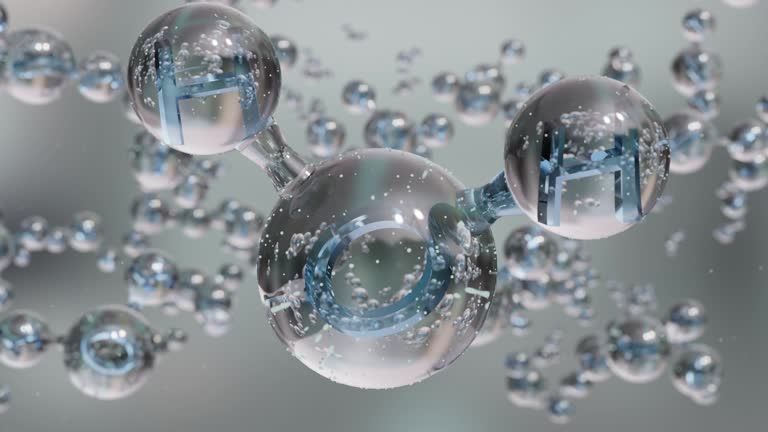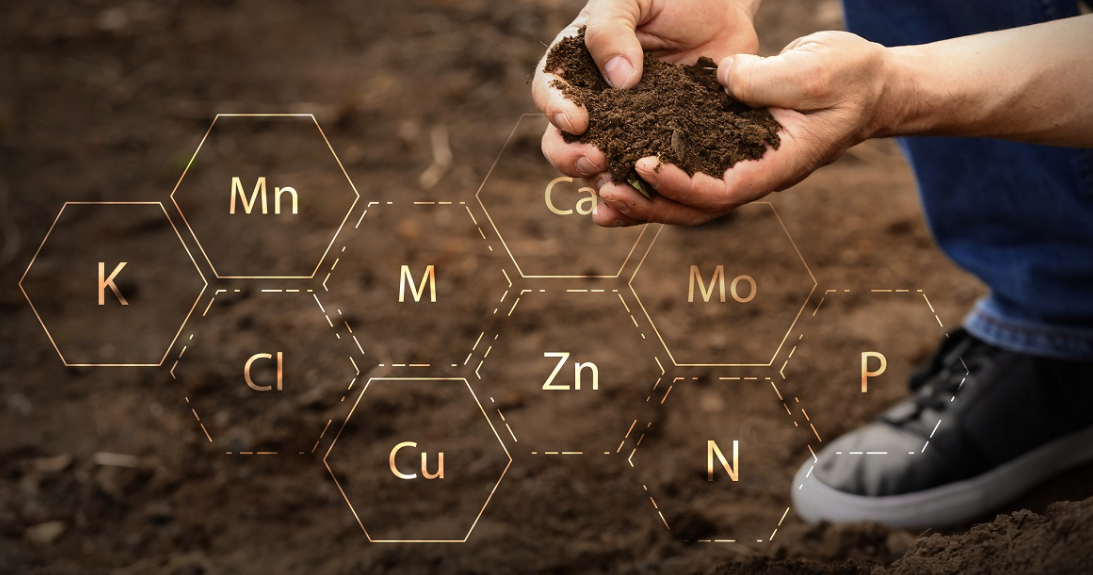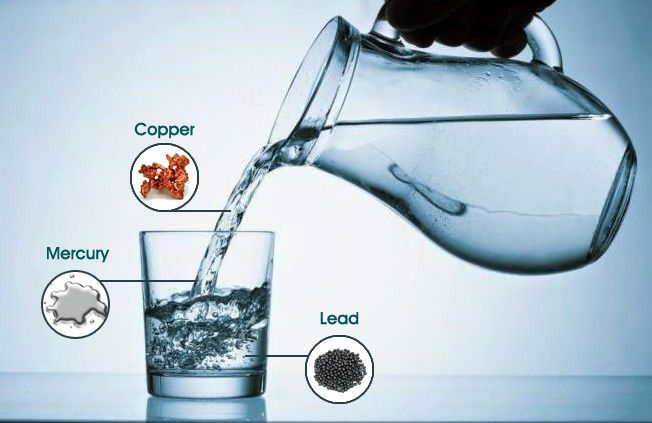ICP-MS for Precision Detection in an Age of Environmental Vigilance
The increasing recognition of trace element contamination in our environment has elevated inductively coupled plasma mass spectrometry (ICP-MS) from a specialised research tool to an essential guardian of environmental and human health. As regulatory frameworks tighten and our understanding of low-level toxicity expands, the analytical demands placed on laboratories have never been more stringent—or more critical.
The Detection Challenge
Traditional analytical methods often fall short when confronting today's environmental realities. Consider chromium speciation in groundwater: the difference between Cr(III) and Cr(VI) isn't merely academic—it's the difference between an essential nutrient and a potent carcinogen. While total chromium concentrations might appear acceptable using conventional techniques, ICP-MS coupled with appropriate sample preparation can reveal hexavalent chromium at part-per-billion levels that demand immediate attention.
The technique's strength lies in its fundamental approach: samples are introduced into an argon plasma operating at approximately 6,000-10,000 K, where complete atomisation and ionisation occur. This eliminates many of the matrix interferences that plague other methods, while the mass spectrometric detection provides isotopic specificity that enhances both selectivity and quantification accuracy.
Multi-Element Surveillance
Perhaps ICP-MS's most compelling advantage is its capacity for simultaneous multi-element analysis. Environmental contamination rarely occurs in isolation—mining activities introduce complex suites of heavy metals, agricultural runoff carries multiple pesticide residues and their metabolites, and industrial emissions create intricate contamination patterns. A single ICP-MS analysis can quantify dozens of elements across a dynamic range spanning six orders of magnitude, providing a comprehensive contamination fingerprint rather than isolated data points.
This capability proves invaluable in contaminated site assessment, where understanding element associations and ratios often reveals contamination sources and migration pathways that single-element analyses would miss entirely. The technique's speed—typically 2-3 minutes per sample for a full multi-element suite—makes large-scale environmental monitoring economically viable.
Isotopic Insights
The isotopic capabilities of ICP-MS extend beyond mere detection to provide forensic-level information about contamination sources. Lead isotope ratios can distinguish between automotive, industrial, and natural sources in urban soils. Strontium isotopes trace groundwater flow paths and mixing processes. These isotopic signatures persist long after concentrations have been diluted, providing investigators with powerful tools for source apportionment and legal accountability.
Technical Considerations and Limitations
ICP-MS excellence comes with analytical responsibilities. Spectral interferences—particularly polyatomic species formed in the plasma—require careful consideration. Argon-based interferences (⁴⁰Ar¹⁶O⁺ interfering with ⁵⁶Fe⁺) and matrix-derived polyatomics demand either collision/reaction cell technology or mathematical correction approaches. Sample preparation becomes critical: incomplete digestion can lead to low recoveries, while contamination during processing can overwhelm trace-level measurements.
Matrix effects present another challenge. High dissolved solids can suppress ionisation efficiency, while easily ionised elements can enhance or suppress other analytes through space charge effects. Internal standard correction and matrix matching become essential quality control measures rather than analytical luxuries.
Real-World Applications
The technique's impact extends across multiple environmental domains. In agricultural systems, ICP-MS monitoring reveals how trace elements move through soil-plant-food chains, informing both food safety assessments and precision agriculture strategies. Selenium deficiency mapping guides supplementation programs, while cadmium accumulation patterns in crops help establish safe cultivation practices.
Water quality laboratories rely on ICP-MS for regulatory compliance monitoring, where detection limits in the low µg/L range are routine requirements rather than analytical achievements. The technique's stability and precision support long-term monitoring programs that track environmental trends over decades.
Mining and remediation projects utilise ICP-MS for both contamination assessment and treatment verification. The technique's ability to quantify cleanup progress at trace levels provides the analytical foundation for site closure decisions and long-term stewardship commitments.
Future Perspectives
Single-particle ICP-MS is expanding the technique's reach into nanoparticle characterisation, addressing emerging concerns about engineered nanomaterials in environmental systems. Laser ablation ICP-MS provides spatial resolution for mapping element distributions in solid samples, while portable systems bring laboratory-quality analysis to field applications.
The integration of ICP-MS data with advanced statistical methods and machine learning approaches is revealing complex environmental patterns previously hidden in traditional single-element assessments. These developments transform raw analytical data into actionable environmental intelligence.
Analytical Responsibility
In an era where environmental decisions carry profound societal implications, ICP-MS provides the analytical precision necessary for informed policy-making and risk assessment. The technique's combination of sensitivity, selectivity, and multi-element capability makes it indispensable for addressing today's environmental challenges.
However, with this analytical power comes the responsibility to understand limitations, implement appropriate quality control measures, and interpret results within their proper analytical and environmental context. The goal isn't simply to detect trace elements—it's to provide reliable, defensible data that supports sound environmental stewardship and protects human health.
As environmental awareness continues to evolve, ICP-MS stands ready to meet increasingly sophisticated analytical demands. The question isn't whether we can detect trace contamination—it's whether we're prepared to act on what we discover.











